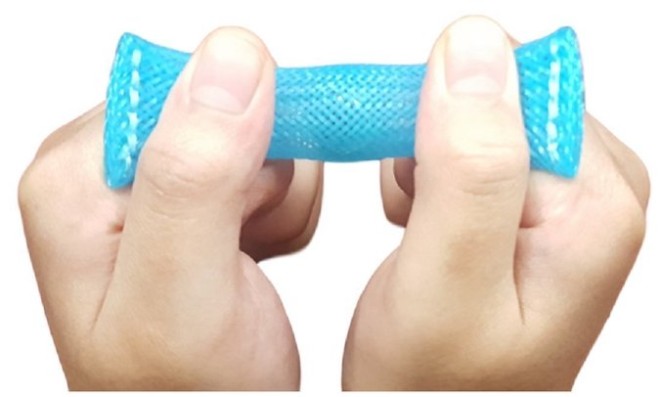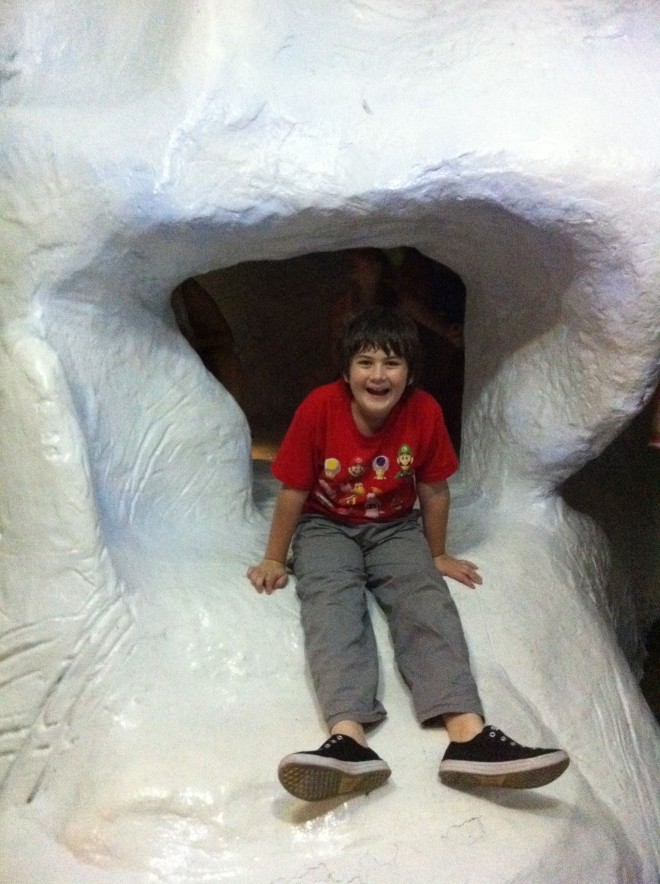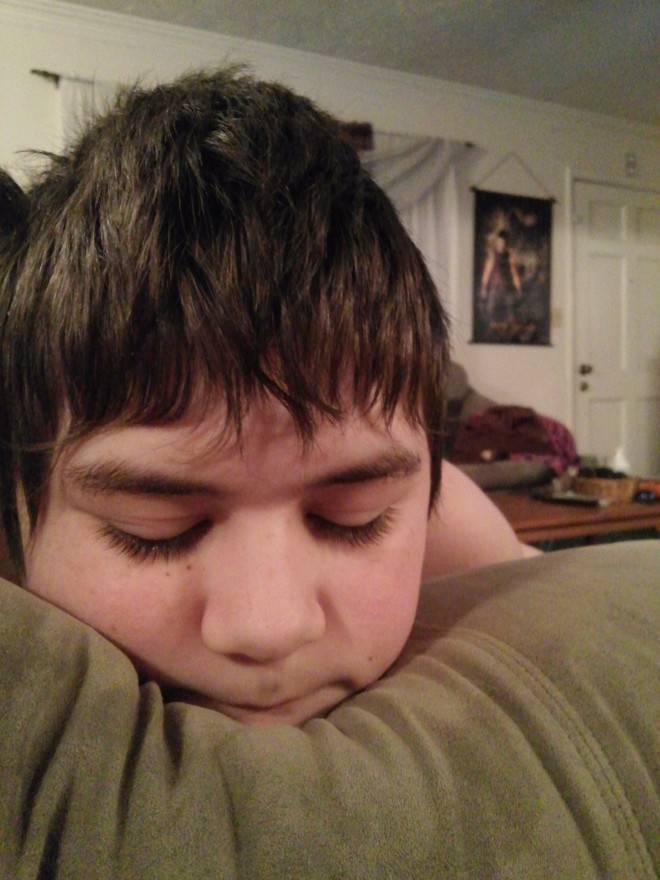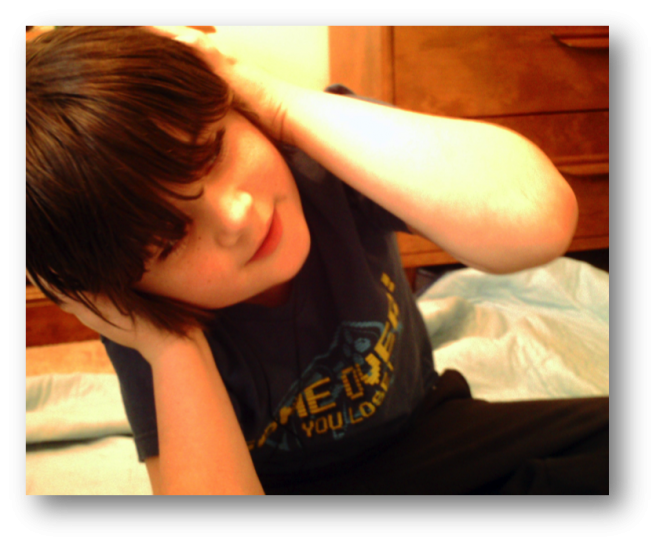If you are on a chaotic scene and you’ve identified either a patient or family member as autistic, congratulations! Understanding a person’s gifts and challenges and communication style goes a long way in being able to help them. In the immortal words of G.I. Joe, knowing is half the battle ![]()
But now what?
As you know, emergency situations are challenging for EVERYONE. Add sensory processing issues to the mix and have a recipe for imminent meltdown. To help alleviate this, it’s always best to try and eliminate triggers first. Can you turn off the lights and sirens? Can you remove the person from the main part of the scene and get them into the back of the ambulance, where it’s quieter? If not, can you remove unnecessary bystanders and personnel? How about allowing one main person to do the assessment and ask questions?
Even with these techniques in play, emergency situations can still be extremely overwhelming for autistic children AND adults alike. I’ve learned over the years that there are some simple items you can always have on hand that may aid in keeping an autistic person calm and helping to avert sensory meltdowns. Here are the ones that have been most helpful to me on scenes (these are not affiliate links, I receive no revenue or credits for promoting any of the below items):
Autism Sensory Item Number 1: Paper and Pen
A meltdown is a product of sensory overload and is rooted in the nervous system. Even someone who is typically verbal will have challenges once this begins. As the brain escalates, the ability to be rational and articulate diminishes rapidly. The simple act of allowing someone in the midst of overwhelm to write down their needs can be a true lifesaver. (And if you’re a good Paramedic/EMT/LEO you should always have this on hand anyway!)
Autism Sensory Item Number 2: Miniature Slinky
These little guys are AWESOME! They are best used as a distraction, especially to keep idle hands busy while doing any primary questioning. Remember, just because someone with autism appears to not be paying attention (lack of eye contact, engaged in another activity), they typically can still hear you and process what you are asking. It will simply take a little longer, so be patient.
Autism Sensory Item Number 3: Fidget Toys
Similar to “stress balls” these fidgets are wonderful to have on hand. Within the stitched mesh there’s a movable marble. If you don’t have access to this type of toy, many dollar stores have the little squishy, nubby balls that work just as well.
Autism Sensory Item Number 4: Earplugs
Simple, soft foam earplugs from Walmart can help block out unnecessary noise on scene. Because they go inside the ear, however, someone with autism may or may not tolerate them. My son prefers headphones over earplugs but may use these if they are the only alternative and he’s heading into overwhelm from the noise.
Autism Sensory Item Number 5: Penlights
Children with autism are often fascinated with cause-and-effect activities. My son was OBSESSED with light switches and remote controls as a child. These disposable penlights are cheap and will offer a means for distraction during your assessment, without sacrificing any of your own personal tools.
I hope you found these items helpful. Remember; NEVER give a patient your phone, keys or flashlight. Trust me, I’ve learned the hard way!
What items have you found useful on a scene to calm a patient? Share your comments below!




 Repetitive behaviors such as spinning objects, opening and closing things repeatedly, rocking, arm-flapping, squealing, making loud noises or even hitting are common in those on the autism spectrum. Often ritualistic, they are known as perseveration or self-stimulatory behavior (stimming). While they may seem pointless and “weird” to us, they fulfill a very important function for the person carrying them out, such as relieving anxiety, counteracting and overwhelming sensory environment, regulating the nervous system or simply letting off steam. The frequency and severity of the behaviors varies from person to person.
Repetitive behaviors such as spinning objects, opening and closing things repeatedly, rocking, arm-flapping, squealing, making loud noises or even hitting are common in those on the autism spectrum. Often ritualistic, they are known as perseveration or self-stimulatory behavior (stimming). While they may seem pointless and “weird” to us, they fulfill a very important function for the person carrying them out, such as relieving anxiety, counteracting and overwhelming sensory environment, regulating the nervous system or simply letting off steam. The frequency and severity of the behaviors varies from person to person.


















